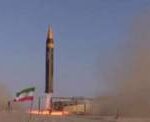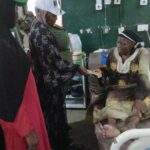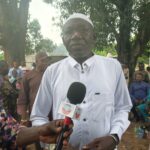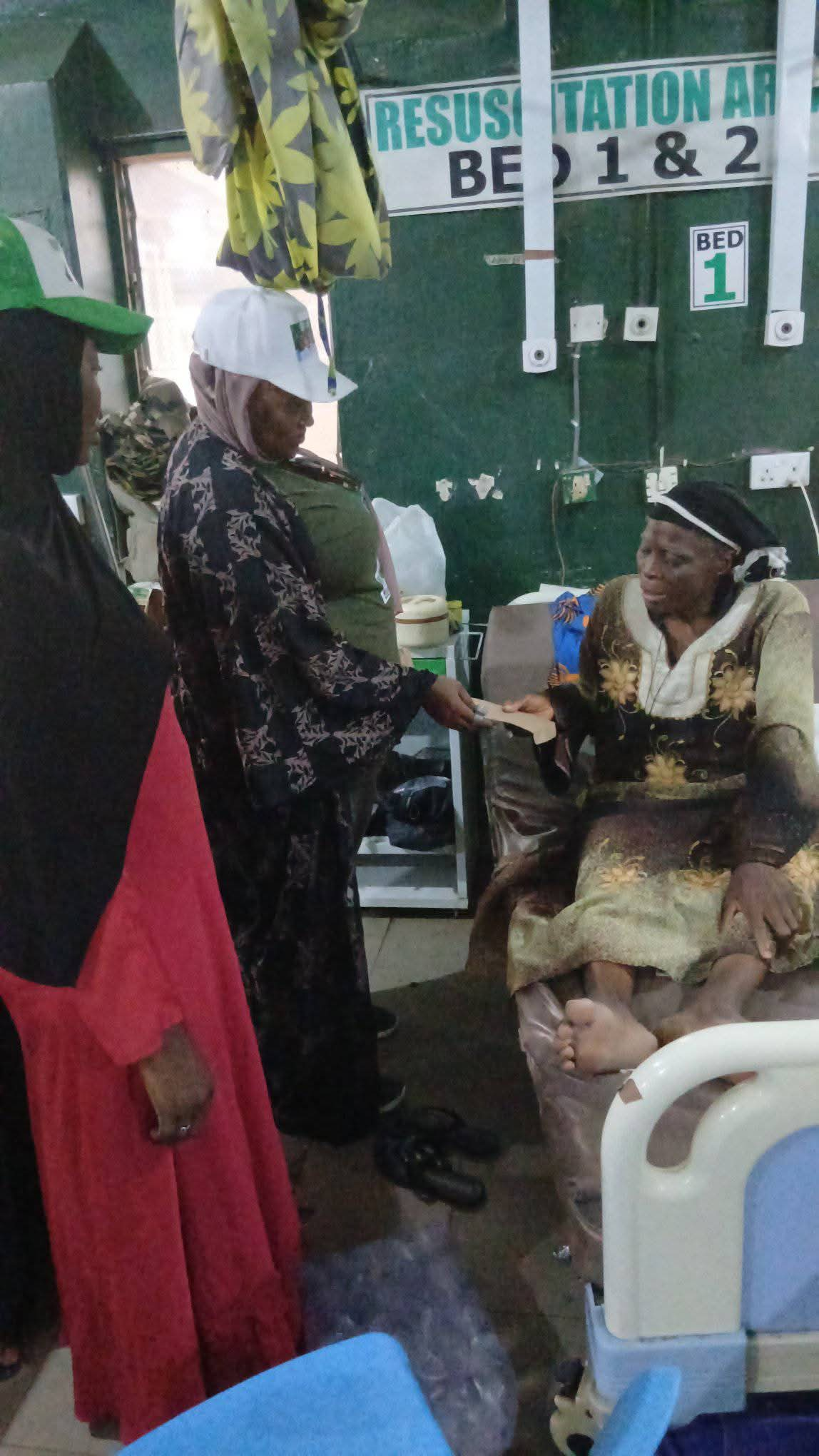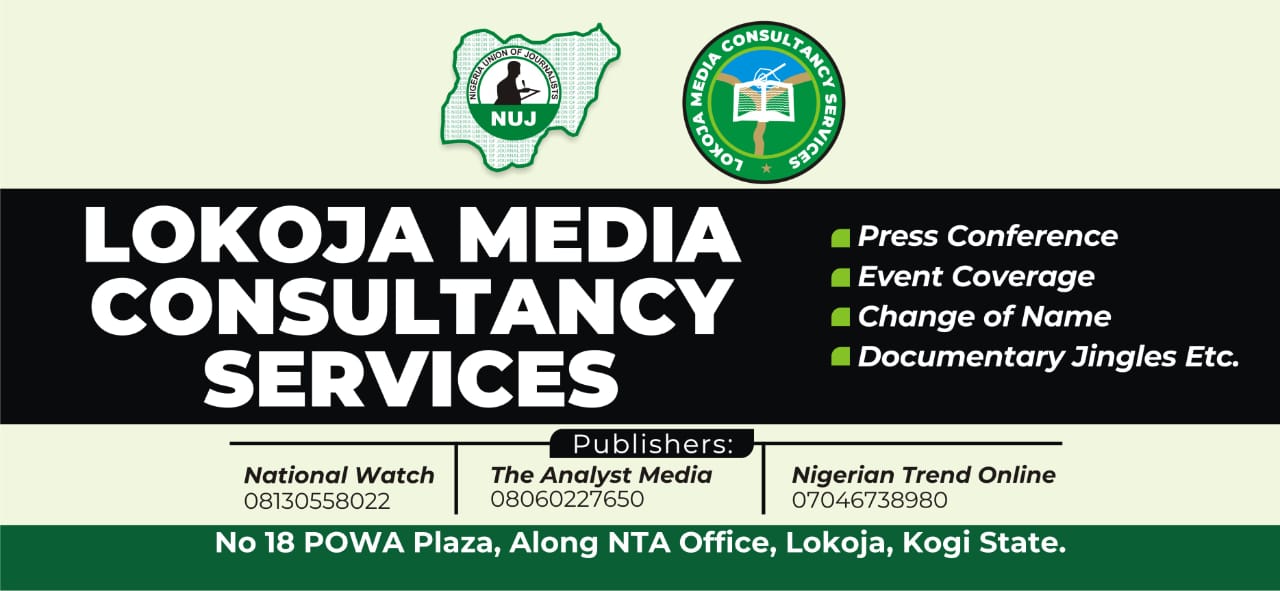
… Celebration was filled with pomp and pegentry.
BY THEANALYSTMEDIA
It was a day off celebration, filled with pomp and pegentry, as Afemai people living in Lokoja, Kogi State Capital, gathered at the Palace of the Onogie Afemai, Alhaji Zakari Dangana to celebrate what they described as his eventful four years on the throne.
The Afemai people, also spelled ad Afenmai are a group of people living in the northern part of Edo State South geopolitical.
The Afemai people occupy six local government areas of Edo state: Etsakor-East, with headquarters in Agenebode, Etsako central and West, and Owan east & West including Akoko-Edo. These make up the Edo-North Senatorial District.
Afemai is an ethnic group, subdivided into different dialects, but people of this ethnicity generally speak and understand each other.
The Late Maigari of Lokoja, had on the 21st of July, 2021 coronated the present Onogie Afemai.
The Afemai People’s joy knew no bound as they all pledge to continue to live peacefully with their host communities.
In their separate remarks, led by Abu Michael, Acting Chairman, Afemai Progressive Union, Lokoja, lauded the Onogie for his outstanding efforts in uniting the Afemai people, expressed appreciation to the people of Lokoja for the enabling environment created for businesses to thrive.
In his remarks, the Onogie Afemai, Alhaji Dangana, urged for unity, appealed to the people to join hands with him in building a virile Afemai in Lokoja.
He said the Afemai people have established a presence in Lokoja, with an Onogie (traditional ruler) and a well-organized community.
The Onogie highlighted the sacrifices and discipline of the founding fathers of the Afemai community in Lokoja, emphasizing their positive impact on the community’s
Afemai Migration:
The Afemai people, along with other groups like Igala and Ebira, were drawn to Lokoja because of its economic opportunities and the vibrant trade environment as the earliest Teachers, Missionary, Administrators and Business men and women, who have contributed in no small measures to the growth and development of Lokoja dating back over two centuries.

